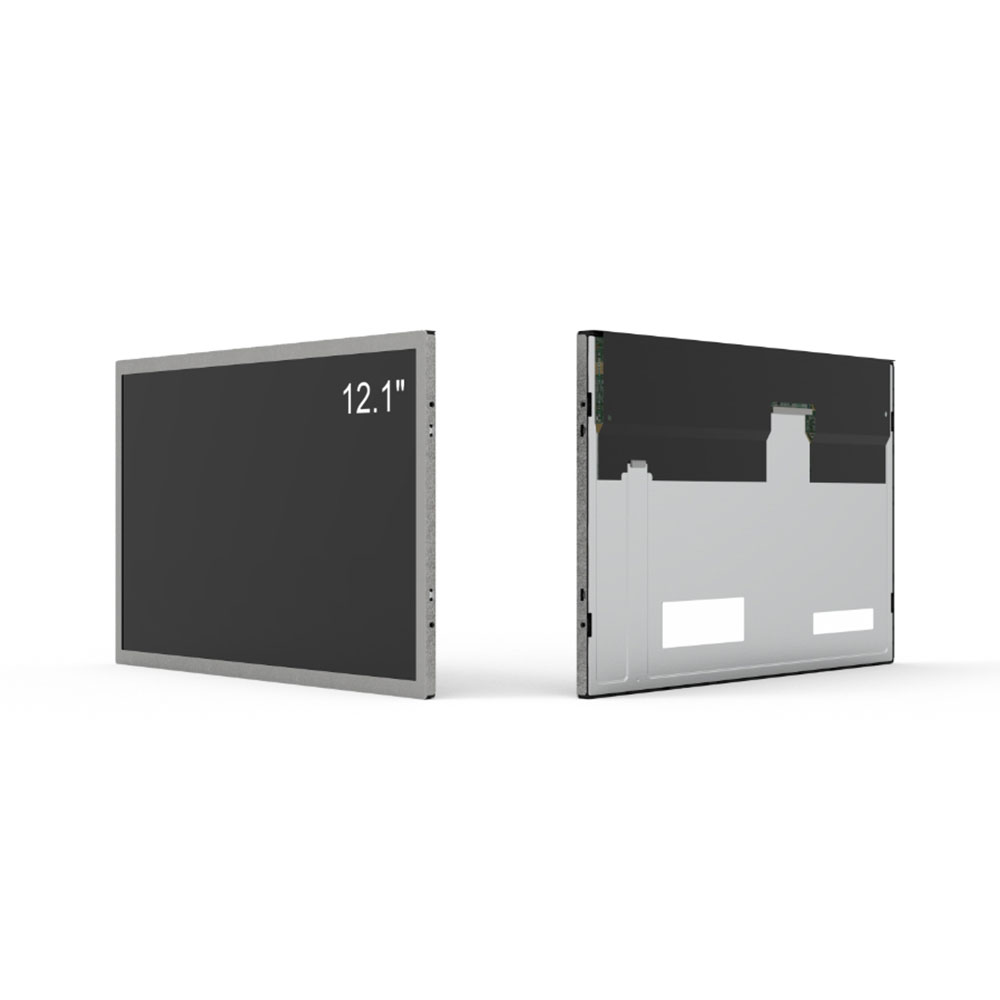When selecting an outdoor LCD screen for commercial or industrial applications, businesses must prioritize durability, visibility, and performance under harsh environmental conditions. Unlike indoor displays, outdoor screens face constant exposure to sunlight, temperature extremes, moisture, and physical wear—making proper specification critical for long-term reliability and return on investment.
The first step in choosing the right outdoor LCD screen is understanding your specific use case. Are you deploying it for advertising, public information, digital signage, or security monitoring? Each application demands different brightness levels, viewing angles, and environmental resilience. For example, a billboard in direct sunlight requires a minimum brightness of 5,000 nits, while a sheltered kiosk may function well at 2,500 nits. Industry standards such as IEC 60068-2 (Environmental Testing) and IP65/67 ratings for dust and water resistance are essential benchmarks for outdoor suitability.
Next, evaluate the display technology. LED-backlit LCDs offer better contrast and energy efficiency than traditional CCFL models, while OLED panels provide superior black levels but are less ideal for high-brightness outdoor use due to burn-in risks. For permanent installations, consider modular LED video walls that allow for easy maintenance and scalability—especially in large-format applications like stadium scoreboards or urban transit hubs.

Brightness and contrast ratios must be matched to ambient light conditions. According to the Society of Motion Picture and Television Engineers (SMPTE), outdoor screens should have a peak brightness of at least 3,000 nits for general use and up to 10,000 nits for direct sunlight environments. Anti-glare coatings and polarized filters further enhance readability without increasing power consumption.
Thermal management is another key factor. Outdoor units often experience temperatures from -20°C to +60°C. High-quality heat sinks, passive cooling systems, and intelligent fan control ensure stable operation across climates. A case study by LG Electronics in Dubai demonstrated that screens with active thermal regulation reduced failure rates by 40% over two years compared to non-regulated units.
Finally, assess connectivity, content management, and remote monitoring capabilities. Modern outdoor displays integrate with cloud-based CMS platforms such as ScreenFlow or Yodeck, enabling real-time updates, scheduling, and diagnostics via mobile apps or web dashboards. This reduces downtime and operational costs significantly.
In conclusion, choosing the right outdoor LCD screen involves a balance between technical specifications, environmental resilience, and long-term operational efficiency. By following industry best practices—from brightness standards and IP ratings to thermal design and remote management—you can ensure your outdoor display delivers consistent performance and maximizes ROI over its lifecycle.







